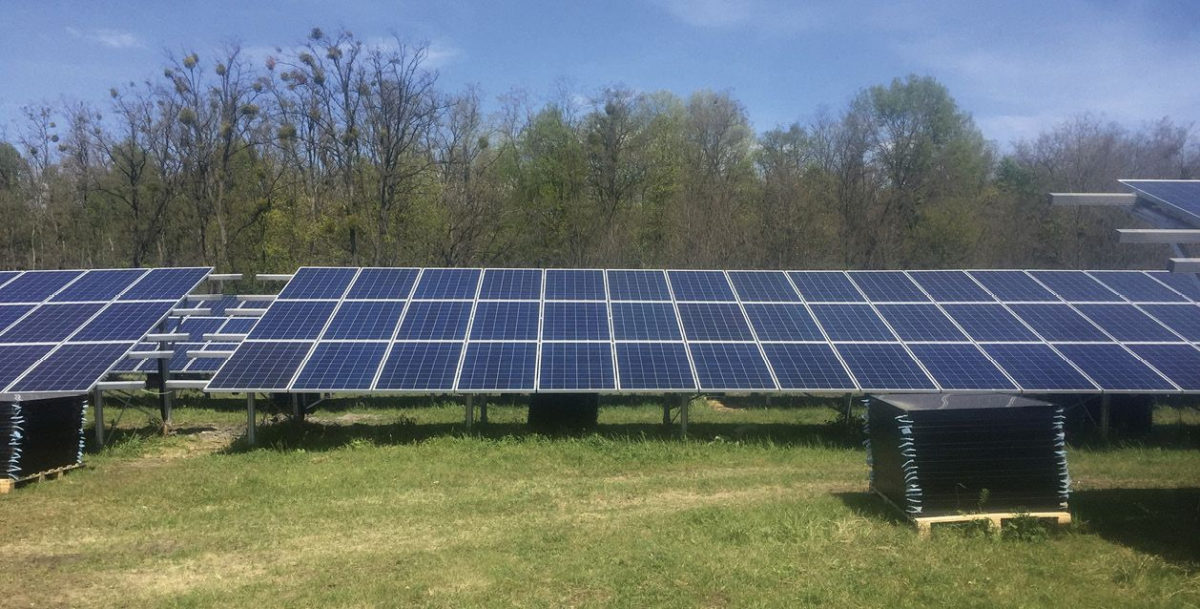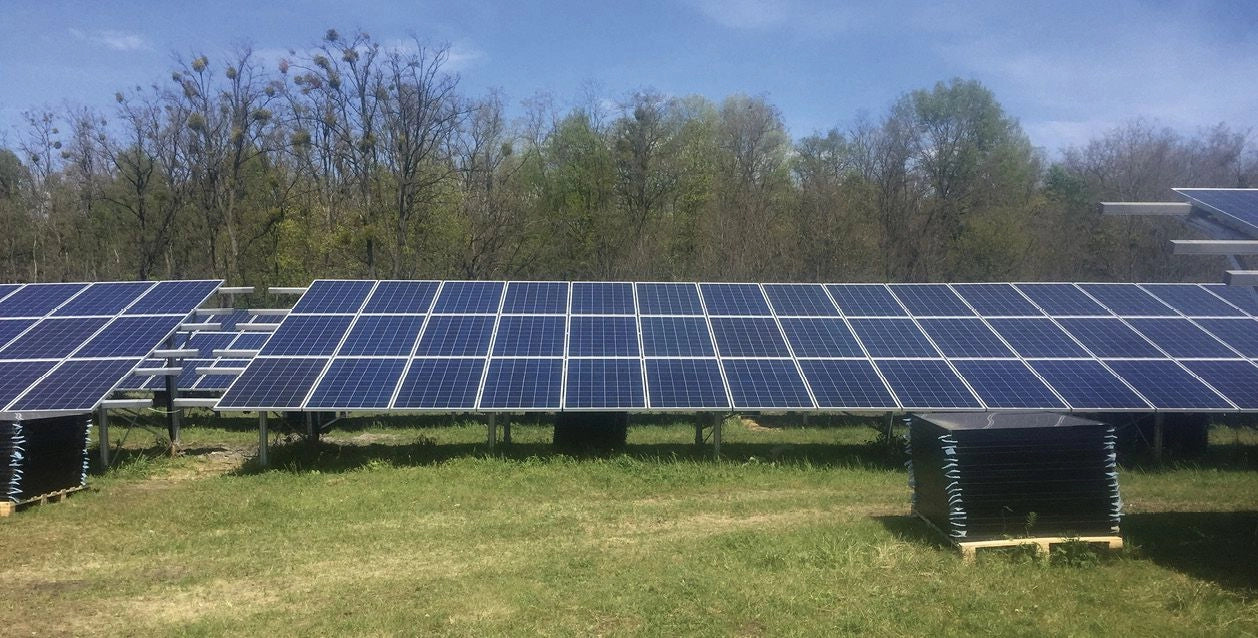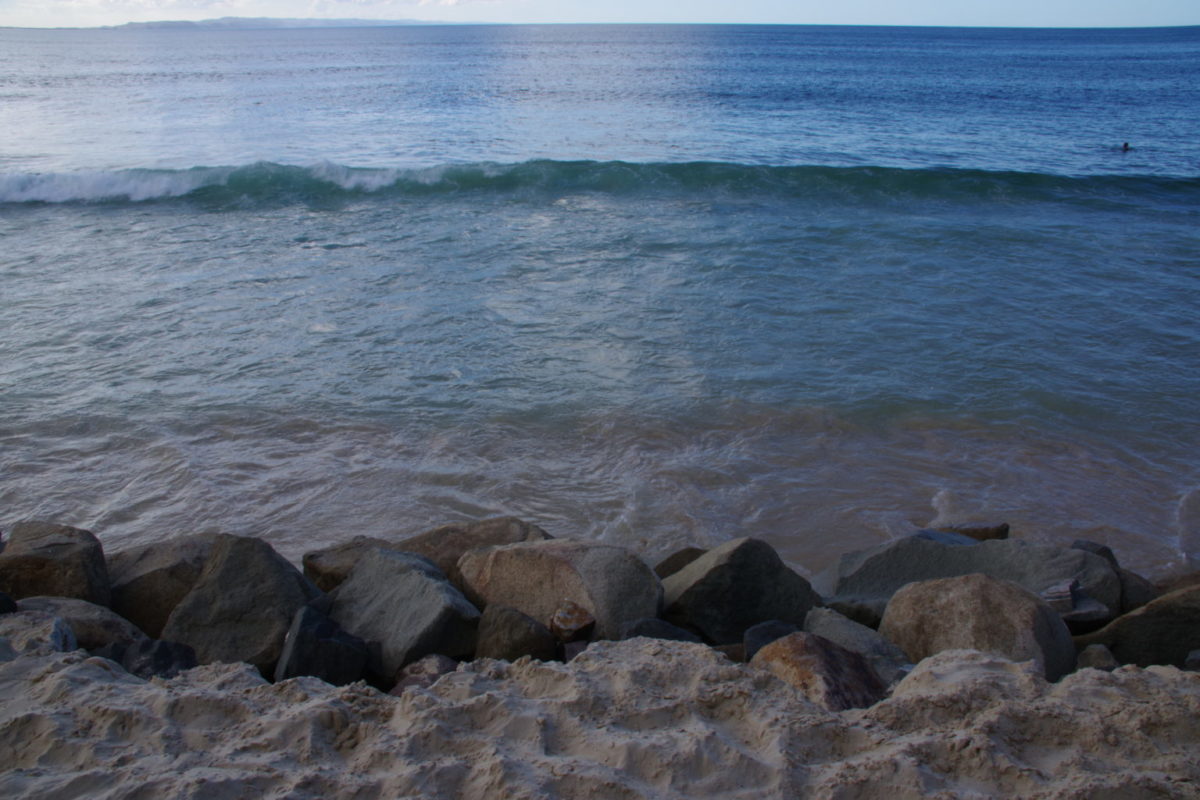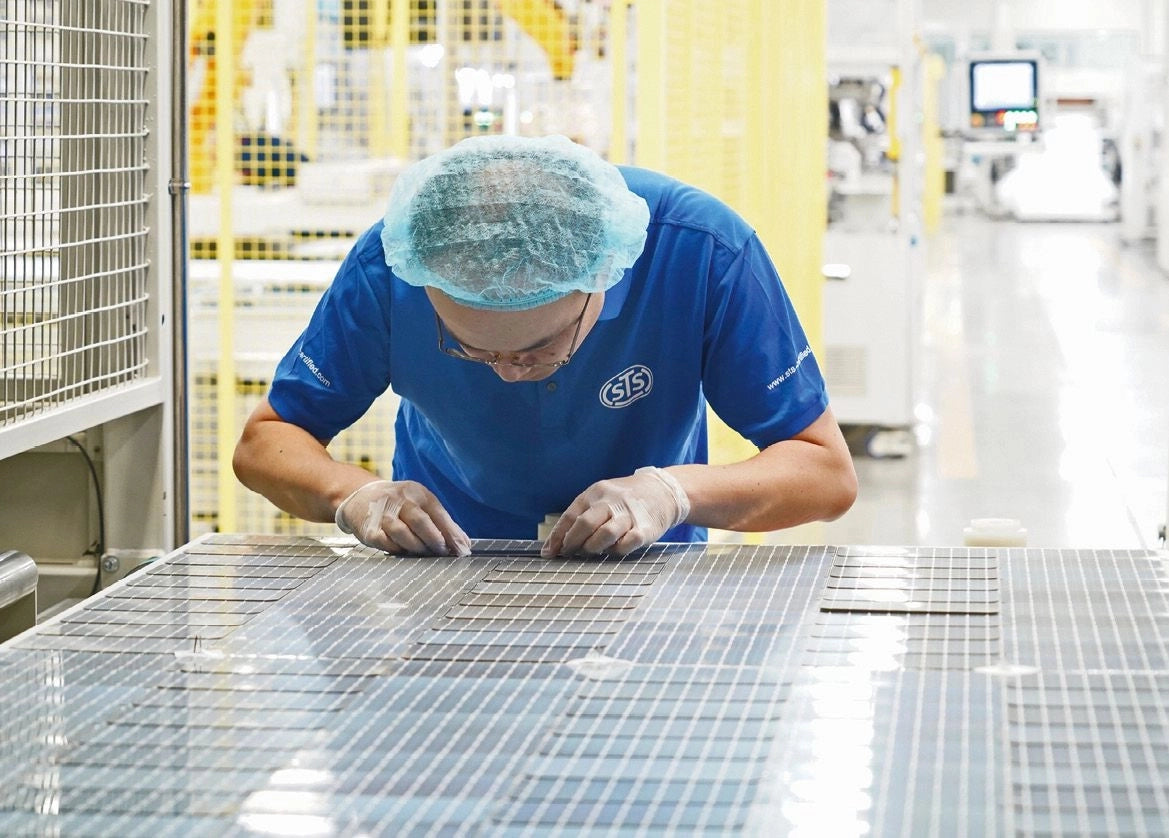https://www.pv-magazine.com/2023/01/28/weekend-read-small-change-big-effect/
Weekend Read: Small change, big effect

Output at this repowered solar park increased from around 3 GW to 8 GW. The severely degraded panels that were replaced were recycled.
Photo: Karl-Heinz Remmers
At the end of September 2022, a faint cheer could be heard in Berlin. Germany’s economics committee had approved a government motion for further changes in a proposed amendment to the energy security act, the Energiesicherungsgesetz (ENSIG). The amended legislation added the following sentence to Germany’s renewable energy act, “In sentence one, the words ‘due to a technical defect, damage, or theft’ are deleted.”
That small amendment to the wording found deep in Germany’s Renewable Energy Act (EEG) could have a momentous impact. Prior to Jan. 1, 2023, solar modules in a solar park could only be replaced in cases of technical defects or if they were damaged or stolen. Crucially in such instances, the generation capacity of the project was not permitted to increase from its original spec as a result of such panel replacement, if the developer wished to continue to qualify for payments under the EEG.
However, that’s all changed now. The Bundesverband Neue Energiewirtschaft (BNE), a federal renewable energy industry body, had been campaigning for months to relax the previously tight limits on the replacement of solar modules that was laid down in the EEG.
“We are very happy that the [coalition government] has accepted our proposal to allow repowering in solar parks,” says Carsten Pfeiffer, BNE head of strategy and politics. “This means that urgently needed additional photovoltaic capacities can be installed very quickly on existing areas.”
Karl-Heinz Remmers, one of the BNE members who operates solar parks in Germany, says that by introducing the option of active repowering for solar modules, it could increase the capacity currently installed in Germany from 63 GW at the existing locations to 100 GW or more. The repowering legislation does not apply to rooftop modules but, even so, it is estimated that 36 GW of Germany’s 63 GW of solar capacity has the potential to be doubled or in some cases even quadrupled via repowering.
EEG subsidies
The change in the law means solar generators can raise the production capacity of their assets indefinitely from now on. However, solar energy subsidy payments secured under the EEG will only apply to electricity generated by the original production capacity agreed in tenders. Any excess generation must be sold via power purchase agreements or on the wholesale market, BNE’s Pfeiffer confirms.
That will not deter solar park operators such as Remmers. “Currently, around 17 GW of ground-mounted systems are installed on around 32,000 hectares,” he says. “If new systems were to be installed on those 32,000 hectares today, an output of at least 35 GW would be possible even including locations optimized for biodiversity – an additional 18 GW.”
At industrial sites, closer siting of the modules means output could be more than doubled. “In addition to new design, this is also due to massive increases in module efficiency, since many ground-mounted systems were built before 2013,” adds Remmers.
Before 2009, around 6 GW of ground-mounted solar was installed in Germany, with panel conversion efficiency ranging from 5% to 12.5%. That meant 8 square meters to 20 square meters was required for each kilowatt-peak of generation capacity. In the boom years, from 2009 to 2013, around 30 GW of PV was added, with efficiencies of 5% to 14%, thus requiring 7 meters to 20 meters/kWp. Remmers estimates the 9 GW of solar added between 2014 and 2018 consisted of modules with 14% to 17% efficiency and a surface footprint of 6 meters to 7 meters. Since 2019, module efficiency has ranged from 18% to 22%, for a space requirement of at least 4.6 square meters per kilowatt-peak.
Project example: 12-year-old crystalline ‘workhorses of yore’
A 5.5 MW grid-connected solar park features 60-cell modules with an average peak power of 230 W each measuring 1 meter by 1.6 meters. The modules lie in four rows and are connected to central inverters. Because of supply chaos at the time, mounting structures for around 200 kW of additional modules were installed and lie empty. Such occurrences can be found in many ground-mounted systems. If the modules are exchanged for 350 W products, the increased efficiency would result in the project’s nameplate capacity increasing to 8.4 MW. A fifth row could be added with a small amount of additional investment, thanks to the shadow angle. In that case, 10.5 MW – plus the reserve of around 400 kW – would be possible. If the racks are dismantled and restructured, around 13 MW would be feasible with a six-row equivalent on the same surface area.
Remmers is speaking from experience. He has had to replace panels at his sites due to significant degradation and managed to retain agreed EEG payments. At the same time, he has also repowered by installing more efficient modules. In 2017, Remmers repowered a 3 MW site into 8 MW by replacing the older thin-film modules. With 350 W products now the norm, the same number of modules and racks – on modules spaced the same distance apart – resulted in a 10 MW site. With changes in project design meaning it would now be possible to add an extra row of panels without increasing the footprint of the site, the location could expand to 12 MW, Remmers explains.
The decline in PV system performance over time was a driving motivation in bringing about the repowering amendment to the legislation. Social Democratic Party (SPD) politician Timon Gremmels says panels often lose 10% to 25% of their original performance over 20 years. He championed the legislative change because of the BNE’s estimate Germany’s 60 GW of solar could become 100 GW through repowering “even if we won’t reach these numbers because the rooftop systems are excluded,” he says.
The need to approve repowering for ground-mounted systems is clear, says the politician. “Because the need for space is a bottleneck in the expansion of photovoltaics,” he explains. “In the traffic light coalition, we are currently trying to make additional areas available for solar parks wherever possible.”
Popular content
BNE’s Pfeiffer is confident repowering provisions will also be introduced for rooftop panels, sooner or later.
Second use?
But what happens to replaced solar modules that are not defective? “Used modules can provide relief on the sold-out market and can be used for balcony photovoltaic systems, for example,” says SPD’s Gremmels, in reference to demand for solar currently outstripping supply.
Project operator Remmers also advocates continuing to use replaced modules, for plug-in solar devices, for example. “We should provide all usable modules from repowering very cheaply, or even ‘for free from the solar park’ for a second use,” he says. “With larger quantities, a professional inverter solution will certainly be developed.”
There are doubts about the volume of usable solar panels repowering will produce, however. “I think there will be a lot of thin-film modules, especially in the early days,” says Martin Schachinger, from wholesale solar trading platform pvXchange, which stopped buying thin-film products years ago. “The thin-film modules have too little power and too much weight. Therefore, the transport costs do not pay off,” says Schachinger.
Instead, Schachinger is convinced many of the solar modules produced as a result of repowering projects will end up being recycled for glass. That in itself could be a benefit, says Remmers, in a world still lacking a compelling business case for solar panel recycling. The large quantity of panels which might be produced for recycling in Germany, he says, could drive an “efficient full-module recycling economy,” making the nation a world leader.
Zain El Jouhari, general manager of German panel maker TrippleZ, says there are already lots of multicrystalline solar modules available thanks to repowering in Germany, significantly more than replaced thin-film products. “Fifty per cent to 70% of the exchanged modules can still be used,” he says. “With a remaining service life of around 10 years, such modules are extremely interesting for projects in Africa, the Middle East, and all other sunny regions.”
TrippleZ delivers used modules to those markets for use in small off-grid installations and demand for panels of that nature has spiked since the onset of war in Ukraine. “The used modules are up to 70% cheaper and export is profitable despite the increased transport costs,” says El Jouhari. His company collects replaced panels from the repowered sites and deals with them as dictated by circular economy legal requirements, including providing disposal certificates. “The modules that can still be used are prepared in our own factory in Hilden, near Düsseldorf,” adds El Jouhari.
“Africa is not our dumping ground,” warns Stefan Wippich, of new and used solar trading platform Secondsol, voicing concern about exporting lower-quality products to the developing world. Remmers, meanwhile, says ensuring such panels continue to generate is a good thing. “Solar modules that still work don’t end up dumped so quickly in a developing country, because electricity is much more valuable there.”
Secondsol is working with solar operations and maintenance companies to develop a “repowering tool” to help decide whether to reuse or recycle the panels replaced. The product would monitor used-module quality, quantity, and performance and provide thermographic and maintenance information to ensure only good, safe products remain in use.
Amid the buzz about the generation potential of new, more efficient modules, Secondsol’s Wippich believes used modules will also be retained by solar site owners as spares. It is not always worth replacing all the modules in a project.
Whatever second-life uses the replaced panels end up in, there is no prospect of their EEG payment rights being transferred with them any time soon, as the Federal Ministry of Economics has confirmed. The body responsible for settling disputes arising from the EEG, and from combined heat and power act the Kraft-Wärme-Kopplungsgesetz, has reached the same preliminary conclusion. Payments, for now, will reside with the project tendered, making it more likely used panels will have a second life abroad or on balconies.
This content is protected by copyright and may not be reused. If you want to cooperate with us and would like to reuse some of our content, please contact: editors@pv-magazine.com.




